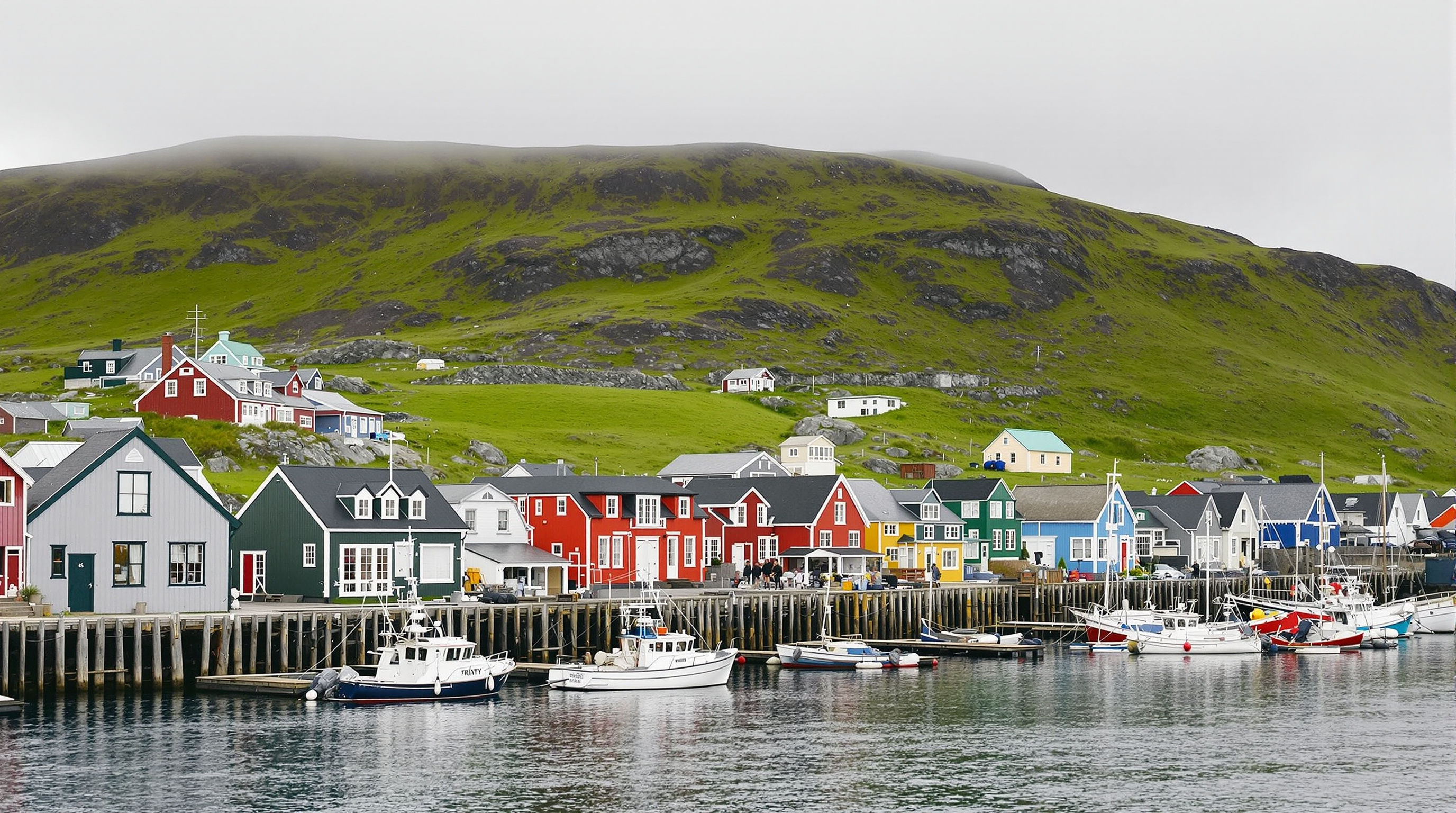Eastern Region E Book
Eastern Newfoundland stretches along the island's eastern coastline, encompassing the Bonavista Peninsula, Trinity Bay area, and numerous traditional fishing communities. This region offers visitors authentic outport culture, dramatic coastal scenery, rich maritime heritage, and opportunities to experience Newfoundland life as it has been lived for centuries. Our Eastern Region guide reveals both famous attractions and hidden treasures along this spectacular coastline.
Bonavista Peninsula
The Bonavista Peninsula extends into the North Atlantic like a weathered finger, its coastline carved by centuries of waves and wind. The town of Bonavista itself occupies a special place in North American history as the legendary landing site of John Cabot in 1497. The striking red-and-white striped Cape Bonavista Lighthouse, perched on dramatic cliffs, has guided mariners since 1843. Visitors can tour the restored lighthouse keeper's dwelling and watch for icebergs and whales from the cape's viewing areas.
The nearby Dungeon, a collapsed sea cave, demonstrates the raw power of the Atlantic. This natural amphitheater, formed when the roof of a massive cave collapsed, creates a cauldron of churning seawater connected to the ocean by tunnels beneath the rock. The site offers dramatic photo opportunities and a visceral reminder of coastal erosion's relentless force.
Trinity - A Living Heritage Town
Trinity ranks among Newfoundland's most beautiful and historically significant communities. This remarkably preserved town features restored 19th-century buildings, narrow lanes, and traditional saltbox houses painted in muted colors. According to Historic Places Canada, Trinity served as an important commercial center in the 18th and 19th centuries, and its protected harbor made it a crucial stop for transatlantic vessels.
The town offers multiple historic sites including the Trinity Historical Society's properties, the Hiscock House, and the Green Family Forge. The Rising Tide Theatre performs the popular "Trinity Pageant," bringing local history to life through outdoor theatrical performances. Interpretive programs and guided walks help visitors understand the town's pivotal role in Newfoundland's development.
Traditional Fishing Villages
Eastern Newfoundland's coastline features dozens of authentic fishing communities where maritime traditions continue to shape daily life. Communities like Elliston (known as the "Root Cellar Capital of the World"), Port Rexton, King's Cove, and Tickle Cove offer glimpses of outport culture. Visitors can see fishing stages, flakes for drying fish, colorful boats in protected harbors, and chat with locals who maintain centuries-old traditions.
These communities provide access to coastal hiking trails, sea kayaking, boat tours, and opportunities to sample fresh seafood prepared in traditional ways. Many villages feature small museums or interpretation centers documenting local history and the fishery that sustained these isolated settlements.
Accommodations
Eastern Newfoundland's accommodation options emphasize character and authenticity. Heritage inns occupy restored sea captains' houses in Trinity and Bonavista, offering antique furnishings and period décor alongside modern amenities. Bed and breakfasts in fishing villages provide warm hospitality and home-cooked breakfasts featuring local ingredients.
Cottage rentals allow visitors to experience outport life at their own pace, while small inns and lodges offer comfortable bases for exploring the region. Many properties provide ocean views, proximity to hiking trails, and knowledgeable hosts who share insights about local culture and history.
Outdoor Adventures
The Eastern Region provides exceptional opportunities for outdoor enthusiasts. The Skerwink Trail near Trinity consistently ranks among Canada's best coastal hikes, offering a moderate 5.3-kilometer loop with stunning views of Trinity Bay, sea stacks, and cliffs. Bird-watchers flock to the area during migration seasons, when thousands of seabirds pass along the coast.
Sea kayaking allows intimate encounters with the coastline's coves, caves, and wildlife. Guided tours cater to all skill levels, from beginners to experienced paddlers. Whale watching tours operate from several communities, with humpback whales regularly feeding in the nutrient-rich waters offshore. Iceberg viewing peaks in May and June, when massive bergs drift past the coast on their way south.
Local Culture and Traditions
Eastern Newfoundland maintains strong connections to traditional music, storytelling, and crafts. Evening kitchen parties in local homes or community halls showcase fiddle music, accordion, and vocals, often with spontaneous dancing. Many communities host summer festivals celebrating local heritage, from fish festivals to mummers celebrations.
Artisan workshops produce traditional crafts including hooked rugs, quilts, knitted goods, and woodworking. Visitors can purchase authentic Newfoundland crafts directly from makers and learn about techniques passed through generations. Local dialect, expressions, and storytelling traditions add to the region's distinctive character.
Dining Experiences
Eastern Newfoundland restaurants emphasize fresh local seafood and traditional preparations. Cod, crab, lobster, mussels, and scallops appear on most menus, often caught that day by local fishers. Traditional dishes include fish and brewis (salt cod with hardtack), cod au gratin, pan-fried cod tongues, and seafood chowder.
Small restaurants and cafés in Trinity and Bonavista combine traditional ingredients with contemporary techniques. Bakeries produce traditional Newfoundland bread, buns, and pastries. Some establishments incorporate foraged ingredients like bakeapples, partridgeberries, and wild herbs into their menus.
